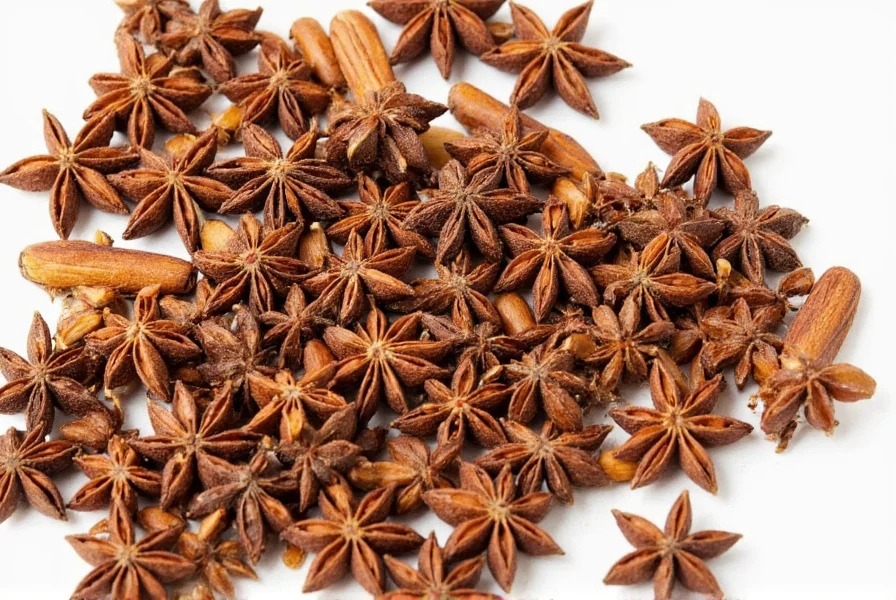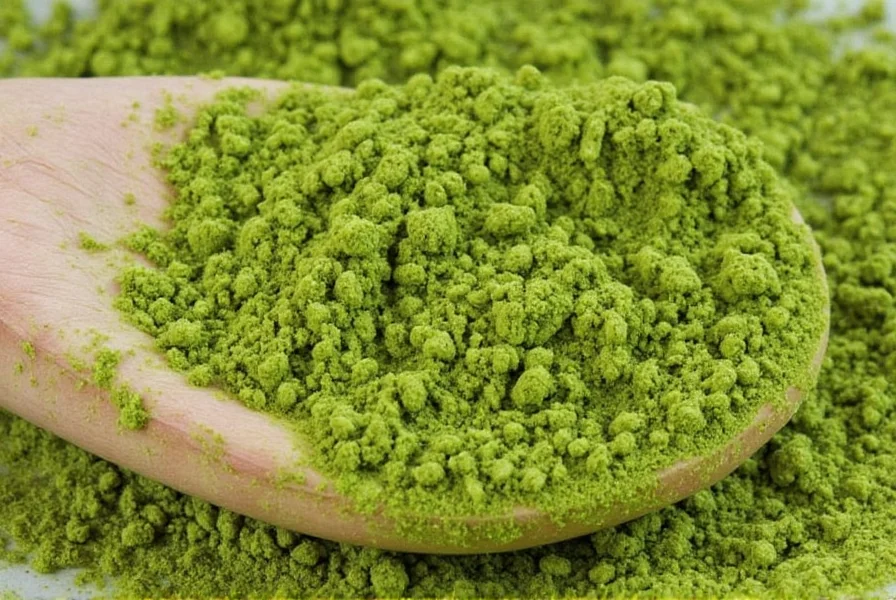Table of Contents
Allspice whole is the dried, unground berries of the Pimenta dioica tree, native to the Caribbean. Despite its name suggesting a blend of spices, it's a single spice that naturally combines flavors of cinnamon, nutmeg, and cloves. This versatile ingredient is essential for authentic Caribbean jerk seasoning, traditional pickling, and slow-cooked dishes where its complex aroma develops fully.
What Is Allspice Whole?
Allspice whole refers to the dried, unprocessed berries of the Pimenta dioica tree. Unlike ground allspice, which is powdered, whole allspice preserves its essential oils and aromatic compounds longer. It's also known as "pimento" or "myrtle pepper" and is commonly used in both sweet and savory applications. The name "allspice" originated from English explorers who detected hints of multiple spices in its flavor profile.
Allspice Whole vs Ground
| Feature | Allspice Whole | Allspice Ground |
|---|---|---|
| Form | Dried whole berries | Finely ground powder |
| Flavor Release | Slow, gradual infusion during cooking | Immediate, stronger initial flavor |
| Best Uses | Stews, braises, pickling, mulled wine, whole spice infusions | Baking, spice rubs, quick sauces, spice blends |
| Shelf Life | 2-3 years when stored properly | 6-12 months |
| Storage | Airtight container, cool/dark place | Airtight container, cool/dark place |
| Flavor Intensity | Milder, more nuanced | Stronger, more concentrated |
Flavor Profile and Culinary Uses
Allspice whole delivers a warm, sweet, and slightly peppery flavor with distinct notes of cinnamon, nutmeg, and cloves. Its complex profile makes it ideal for slow-cooked dishes where flavors develop over time. Common applications include:
- Caribbean cuisine: Essential for jerk seasoning and rice and peas
- Pickling: Whole berries infuse brines with aromatic depth
- Beverages: Mulled wine, spiced cider, and hot chocolate
- Baking: Gingerbread, pumpkin pie, and spiced cakes (when crushed or ground)
- Meat dishes: Braised pork, stews, and meat rubs
How to Use Allspice Whole
To maximize flavor from allspice whole:
- Crush before use: Use a mortar and pestle or spice grinder to release essential oils for baking or rubs
- Add early in cooking: For stews or braises, add whole berries at the beginning to allow slow flavor infusion
- Use whole for infusions: For pickling or mulled wine, add whole berries and remove before serving
- Pair with complementary flavors: Works well with bay leaves, black pepper, and citrus zest
- Measure carefully: Start with 1-2 berries per serving - its potency means less is often more
Buying Guide for Allspice Whole
When purchasing allspice whole, prioritize these quality indicators:
- Origin: Jamaican allspice is considered premium due to ideal growing conditions and traditional harvesting methods
- Freshness: Look for plump, dark brown berries with strong aromatic scent; avoid brittle or moldy specimens
- Packaging: Choose airtight, opaque containers to protect from light and moisture
- Form: Whole berries retain flavor longer than ground - only buy pre-ground if you'll use it within 2 months
- Organic certification: Recommended for those avoiding pesticides, especially for culinary use
Storage Tips
Proper storage preserves allspice whole's potency:
- Store in an airtight glass or metal container away from heat and sunlight
- Keep in a cool, dark pantry (not near stove or oven)
- Whole berries maintain optimal flavor for 2-3 years; ground allspice lasts 6-12 months
- Test freshness by crushing a berry - it should release a strong, pleasant aroma
Frequently Asked Questions
What is allspice whole?
Allspice whole is the dried, unground berry of the Pimenta dioica tree. Despite its name suggesting a spice blend, it's a single ingredient that naturally combines flavors of cinnamon, nutmeg, and cloves.
How is allspice whole different from ground allspice?
Whole allspice retains essential oils longer, providing a more nuanced flavor that develops slowly during cooking. Ground allspice releases flavor immediately but loses potency faster. Whole berries are ideal for infusions and slow-cooked dishes, while ground works better for quick recipes and baking.
Can I substitute allspice whole for ground allspice?
Yes, but adjust quantities. Use 1 whole berry ≈ 1/4 teaspoon ground allspice. For recipes requiring whole berries (like pickling), crush them before adding. For ground-to-whole substitution, tie ground spice in cheesecloth for easy removal.
Why is Jamaican allspice considered superior?
Jamaican allspice benefits from ideal growing conditions: volcanic soil, consistent tropical climate, and traditional harvesting methods. This produces berries with balanced, complex flavors and higher essential oil content compared to other regions.
How long does allspice whole stay fresh?
When stored properly in an airtight container away from light and heat, whole allspice berries maintain optimal flavor for 2-3 years. Ground allspice loses potency within 6-12 months. Test freshness by crushing a berry - it should release a strong, aromatic scent.
What dishes work best with allspice whole?
Allspice whole shines in slow-cooked dishes like stews, braises, and soups where it has time to infuse flavor. It's essential for Caribbean jerk seasoning, traditional pickling recipes, mulled wine, and spiced beverages. For baking, crush berries before use to release their full aroma.












 浙公网安备
33010002000092号
浙公网安备
33010002000092号 浙B2-20120091-4
浙B2-20120091-4